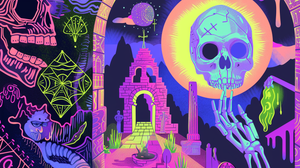What are Jinn? Spirits that can have sex?
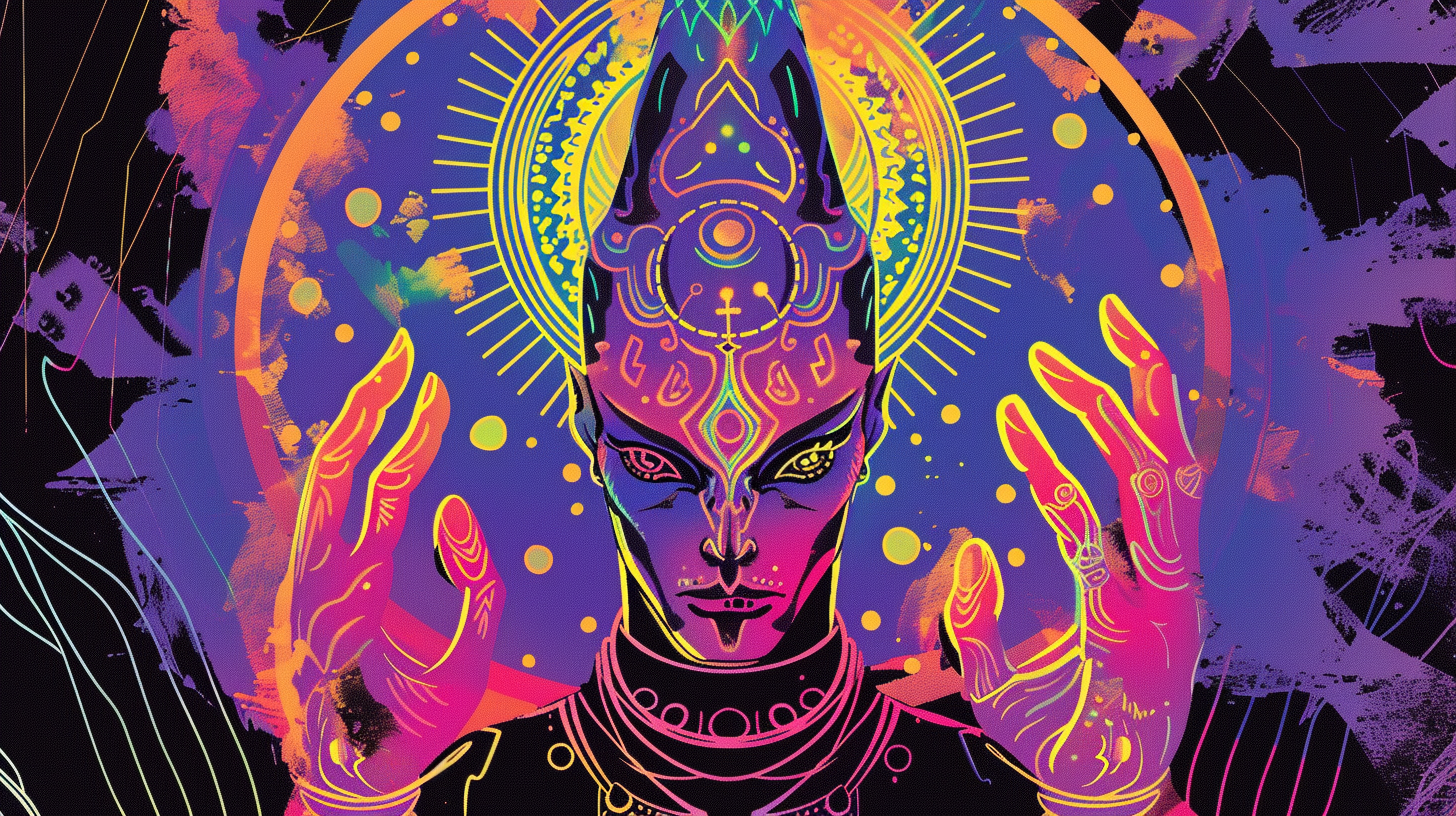
Jinn are supernatural beings in Arabic and Islamic traditions. But what exactly are they? This article explores their origins, beliefs, and myths.
This article is a compilation of information from various sources. It does not present a single interpretation, and readers are encouraged to use their own discernment and experiences to understand the content.
Key Takeaways
-
Jinn are ancient supernatural beings originating from Semitic etymology, considered concealed entities with cross-cultural influences from Arabic, Roman, Aramaic, and Persian traditions.
-
In Islamic context, jinn are depicted in the Quran as beings created from smokeless fire with free will, capable of embracing or rejecting Islam, and are sometimes associated with causing diseases, mental afflictions, and possession.
-
Beliefs and practices surrounding jinn span traditional rituals for protection and exorcism, diverse visual and literary representations in art and modern media, and an interdisciplinary interest in cultural and psychological perspectives on jinn possession.
Origins of Jinn

Venture back in time to uncover the etymology of the term “jinn,” a word rooted in the Semitic ‘jnn’ meaning ‘to hide’ or ‘to adapt’. These beings, whose very name suggests entities ‘concealed from the senses’, have intrigued and terrified for millennia. The ancient singular form ‘jinnī’ hints at the individuality and complexity of these supernatural figures within Arabic mythology.
The echoes of ‘jinn’ resonate in:
-
the Latin ‘genius,’ alluding to a protective spirit in Roman belief systems
-
the Aramaic ‘ginnaya’, denoting a guardian deity
-
the Persian ‘Jaini,’ a malevolent spirit
These various influences add layers of cross-cultural influence to the origin of belief in jinn. Yet, the precise beginnings of belief in jinn remain as elusive as the beings themselves.
Jinn in Pre-Islamic Arabia

The harsh, unforgiving deserts of pre-Islamic Arabia, a region within the Middle East, served as the perfect backdrop for the belief in jinn, which were seen as evil spirits haunting the desolate landscapes. These entities were often blamed for the inexplicable - diseases and mental afflictions that plagued mankind were attributed to their sinister influence. Dark and dingy places in the desert were feared as the abodes of such spirits.
These early jinn were not mere ethereal wisps but were believed to possess physical bodies, sharing the world with humans and animals alike. Renowned for their shapeshifting abilities, jinn were said to take on forms both familiar and frightening, from serpents to scorpions, and even lizards. Yet, it is believed that when they assumed human form, they retained a hint of their wild, animalistic origins.
Jinn in the Quran and Hadith
With the advent of Islam, the jinn were recast in a new light. The Quran speaks of jinn created from smokeless fire, beings granted free will much like humans. Stories in the Quran, such as those in Surah Al-Jinn, recount instances of jinn who listened to the Prophet Muhammad and embraced Islam, spreading the message among their kin.
Yet, the Quran also speaks of unbelieving jinn who turned away from the path of righteousness, listening in on heavenly secrets and sowing discord among humans. As beings that can see us while remaining unseen, they occupy a unique space in Islamic tradition, one that is both fascinating and unsettling.
Types of Jinn
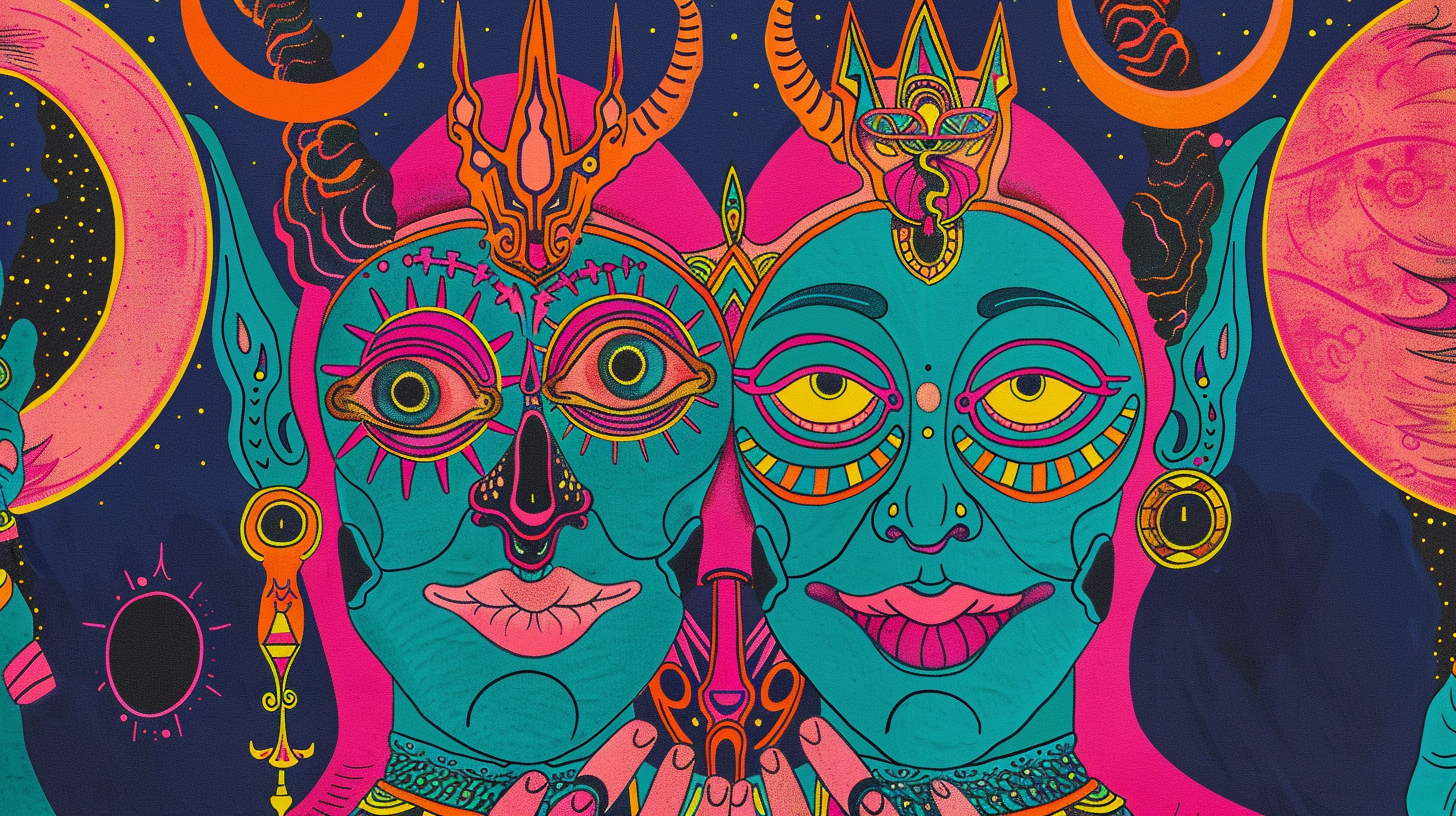
Delving deeper into the Islamic understanding of jinn, we find a spectrum of moral alignments. Some jinn, known as ‘Muslim jinn,’ embrace the teachings of Islam, while others, the ‘kafir jinn,’ reject faith and are categorized alongside demons, or ‘shayatin’. These evil jinn, followers of the devil, are believed to lead humans astray. In the realm of these supernatural beings, the seven jinn kings hold significant influence over their subjects.
In folklore, the color of a snake - black or white - might signify whether it is a benign Muslim jinn or a malevolent one.
Marids, another type of jinn, are known for their strength and their audacity to eavesdrop at the doors of Heaven. These jinn kings, the Marids, are often considered the most powerful among their kind.
Jinn Possession
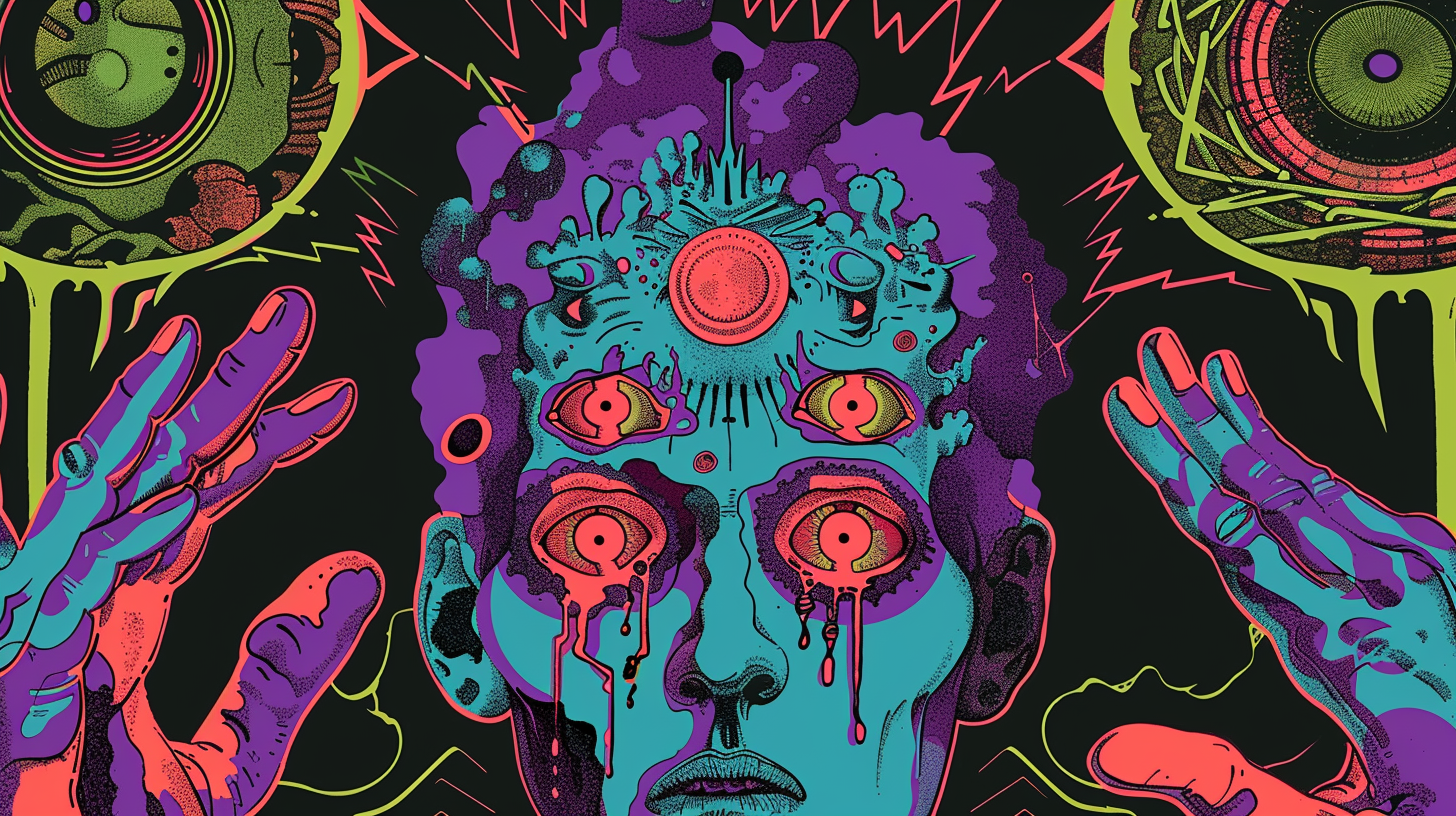
Possession, a concept deeply rooted in Islamic culture, manifests through a variety of unsettling symptoms. Some signs of such possession include:
-
Hearing voices
-
Experiencing altered consciousness
-
Loss of control over their own bodies
-
Speaking in tongues
-
Displaying emotions incongruent with their situation
These are just a few examples of the symptoms that victims may experience.
This phenomenon is not a mere footnote in cultural texts; it is a lived experience for many who believe in the very real capability of jinn to possess people, reflecting a widespread belief.
Traditional Practices and Remedies

Across the Islamic world, traditional practices involving jinn are as varied as the cultures themselves. Some common practices include:
-
The use of talismans to ward off evil
-
Consulting religious healers for spiritual ailments
-
Reciting specific prayers or verses from the Quran for protection
-
Burning incense or herbs to cleanse a space
-
Performing rituals or ceremonies to appease or communicate with jinn
These customs reveal the depth of belief in the supernatural powers of jinn. In places like Pakistan and Albania, talismans are particularly common, while in Southeast Asia, fewer Muslims report using such protective objects.
Islamic tradition, however, encourages reliance on God for protection against malicious spirits, advocating for elzikr (remembrance of God) and ruqyah (recitation of the Qur’an) as remedies against possession, sometimes even involving physical striking. This approach is rooted in Islamic belief and has been supported by Muslim scholars.
Visual Representations of Jinn
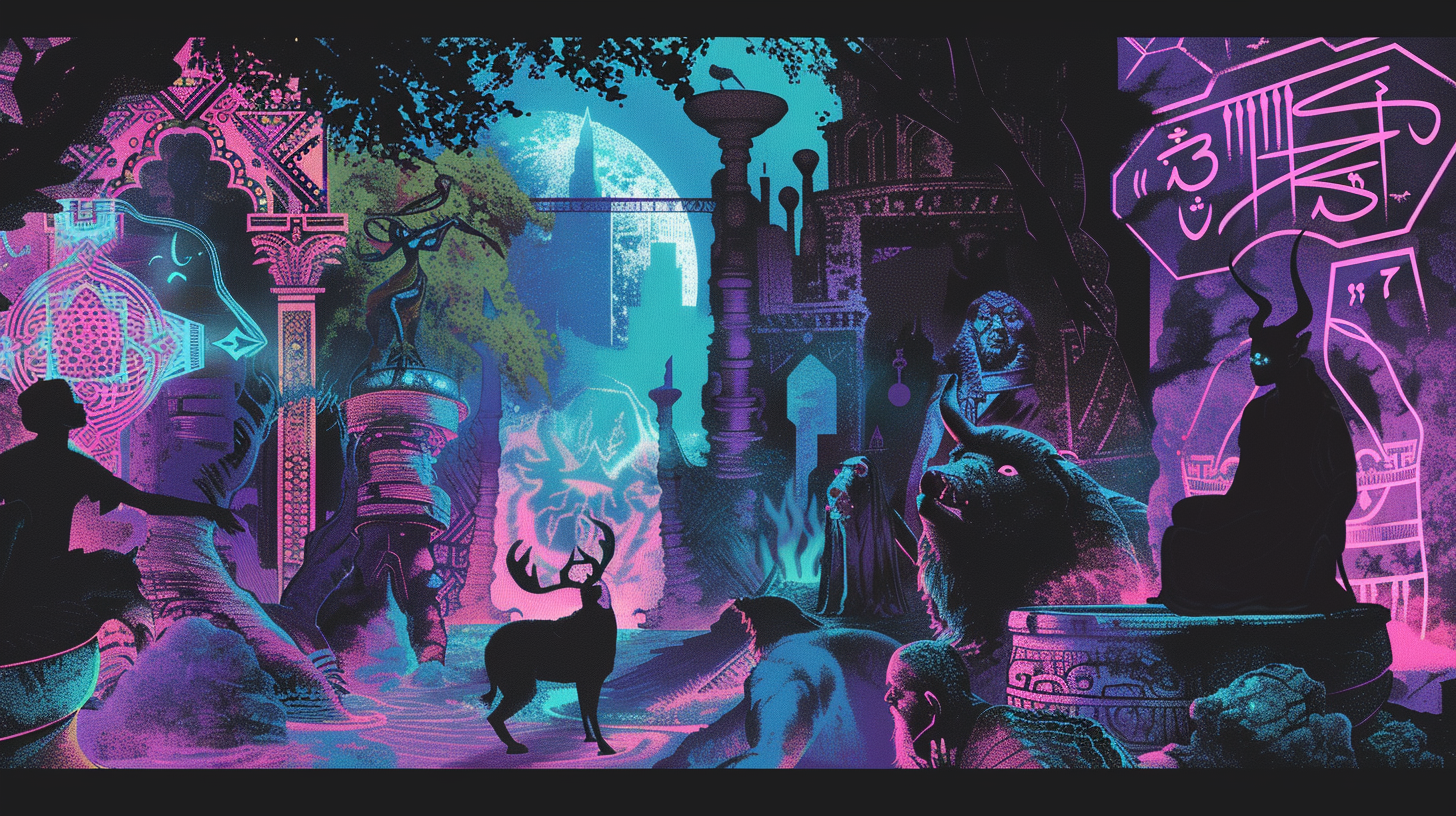
The mysterious nature of jinn has inspired countless artists over the centuries, leading to a rich tapestry of visual representations. In Islamic art, jinn are often depicted as fantastical creatures, interacting with humans and animals, emphasizing their otherworldly nature. Manuscripts like the Shahnameh and ‘Ajāʾib al-makhlūqāt wa-gharāʾib al-mawjūdāt are adorned with intricate illustrations of these beings.
These depictions often show jinn in various forms, from part-human to part-animal, embodying the fluid nature of their existence. Such images serve not only as artistic expressions but also as a window into the cultural psyche, interpreting and reinterpreting the nature of these supernatural beings, or as some might call them, word jinn.
Jinn in Modern Literature and Media
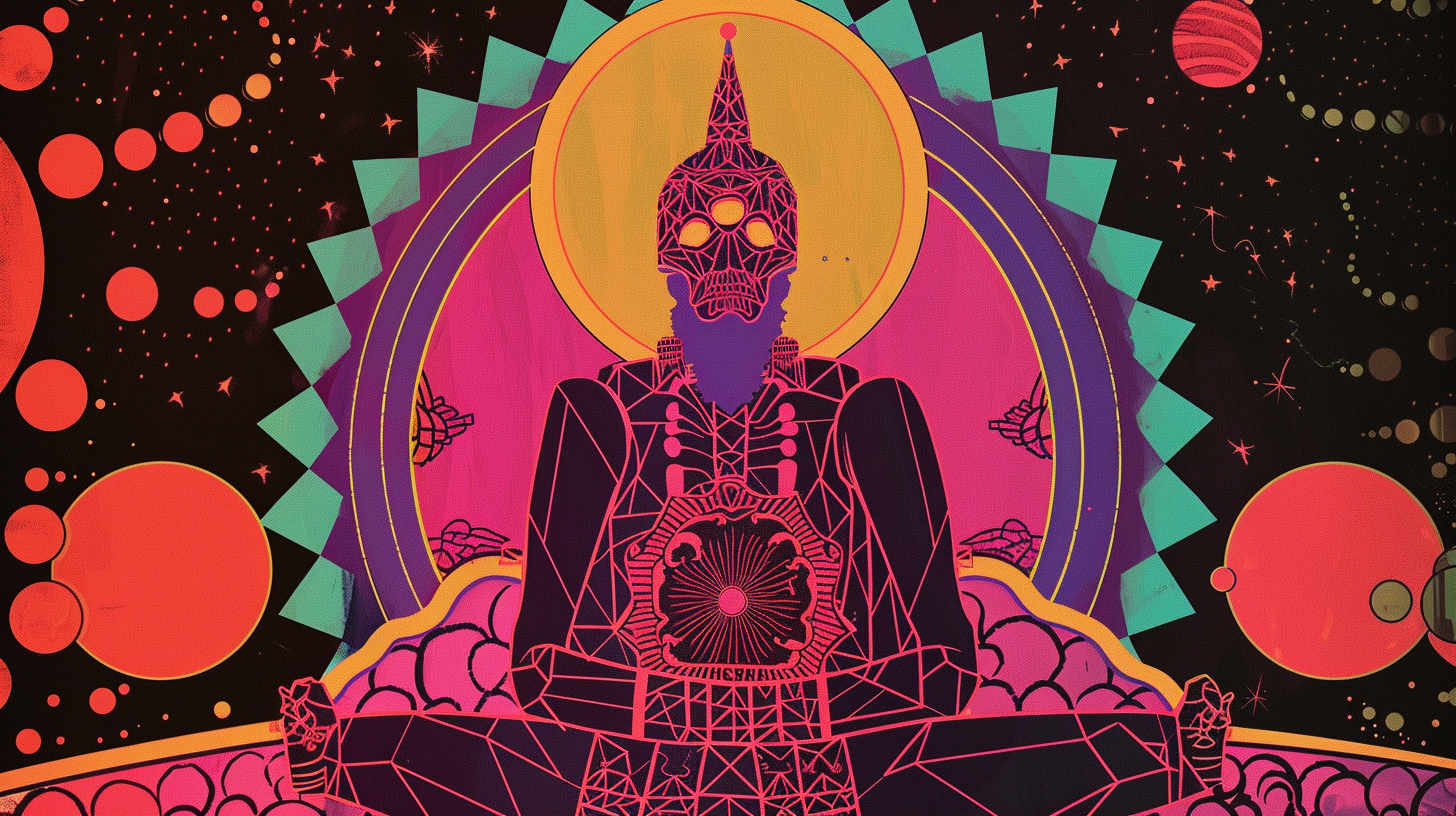
The allure of jinn has not faded with time; rather, it has found new expressions in modern literature and media. Middle Eastern horror movies have reimagined jinn as central antagonists, weaving traditional lore with contemporary narratives. Turkish magical realism literature, particularly the works of Latife Tekin, integrates jinn into modern storytelling, further cementing their place in cultural consciousness.
Graphic novels and television series continue this trend, blending the ancient and the modern, the mystical and the mundane. The horror genre, in particular, has seen jinn rise in popularity, especially among teenagers, as a study in 2020 highlighted.
Comparative Mythology
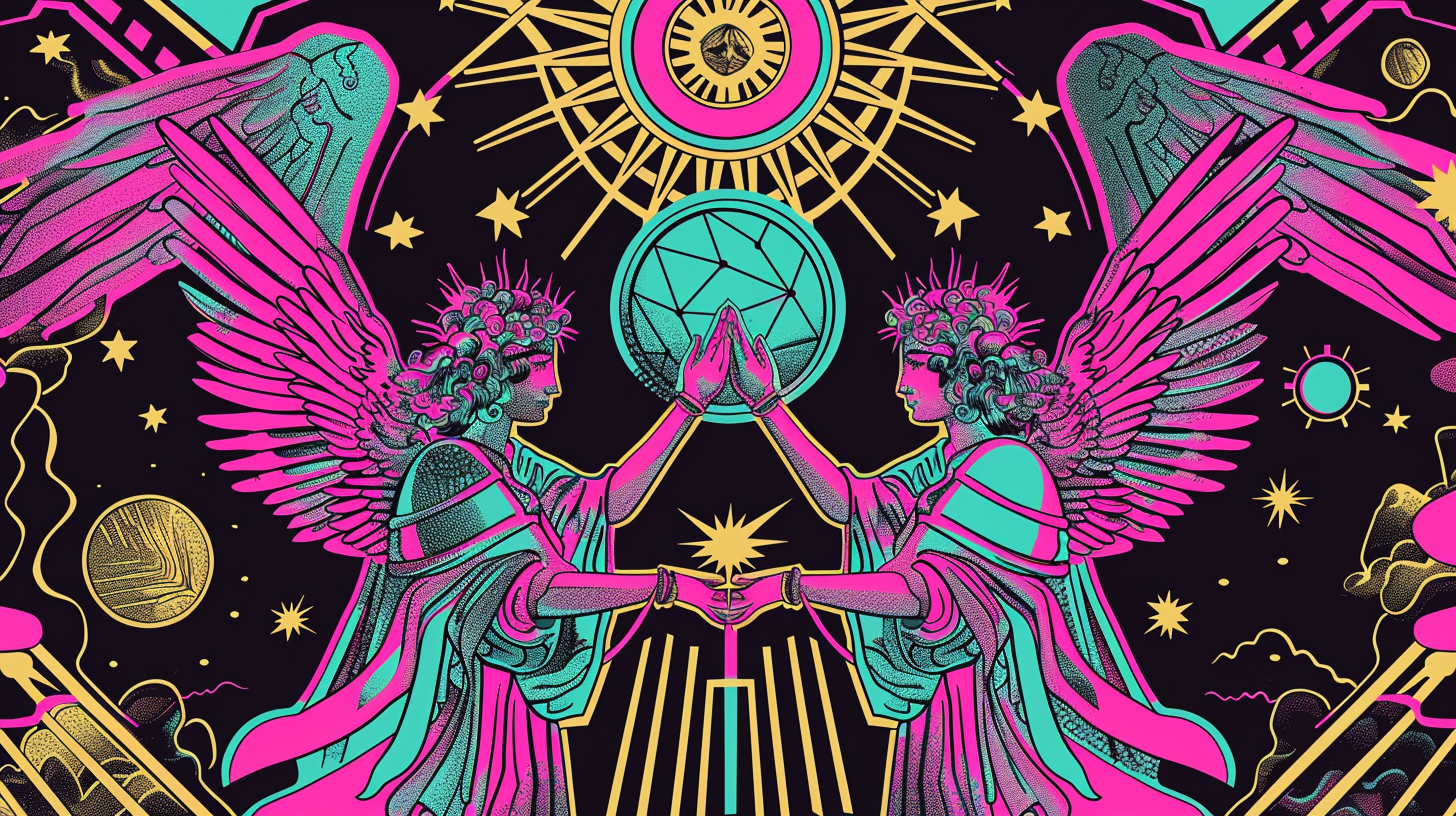
The narrative of jinn is not an isolated phenomenon. Comparative mythology reveals parallels between Islamic jinn and entities from Jewish folklore, such as the Shedim, and spirits from Christian traditions like demons and fallen angels. The shared tales of King Solomon’s dominion over spirits in both Islamic and Jewish lore underscore the interconnectedness of these traditions.
This cross-cultural examination highlights the universal fascination of human beings with the supernatural and the need to understand the unknown through the lens of belief and fear.
Cultural and Psychological Perspectives on Jinn
The belief in jinn and their possession states is not merely a cultural artifact but intersects with the field of psychology. While some symptoms of possession resemble psychiatric disorders like schizophrenia, cultural and religious contexts play a pivotal role in shaping these experiences. Possession states, recognized in manuals like DSM-IV and ICD-10, reflect a complex interplay between mental health and cultural belief systems.
Culturally sensitive approaches are crucial in addressing possession, as belief in jinn can influence individuals’ choices in seeking treatment, potentially leading them first to spiritual healers rather than medical professionals. Thus, understanding possession requires an integrated perspective that acknowledges the significance of cultural narratives in psychological health.
Summary
From ancient deserts to modern screens, the journey through the world of jinn reveals a tapestry of belief, fear, and fascination that transcends time and culture. These supernatural beings, whether cloaked in the mystery of antiquity or reimagined through contemporary art, continue to captivate and challenge our understanding of the unseen world.
Frequently Asked Questions
What is the origin of the word 'jinn'?
The word 'jinn' comes from the Semitic root 'jinn', which means 'to hide' or 'to adapt', suggesting beings that are concealed from the senses. This root indicates the origin and meaning of the word 'jinn'. However, one would argue that the meaning of words change over times and back then the word jinn might have been misinterpreted or predominately evil but if we would to put the word jinn in a modern context it might be synonymous to spirit.
Are all jinn considered evil in Islamic tradition?
In Islamic tradition, jinn have free will like humans and can be either good or evil, just like humans can be. Therefore, not all jinn are considered evil in Islam.
Can jinn communicate with Humans and have sex with them?
No, jinn cannot communicate with humans directly. They are not mental beings in the way that psychic phenomena are typically understood. Humans are susceptible to their energy and influence when they are spiritually weak. For instance, individuals who have traded their soul for materialistic gains like wealth, fame, and power.
Are psychic readings related to Jinn in any way?
No they are not related. Psychic readings are conducted through the pineal gland and occur when brain waves are in the Alpha and Theta states. These states are associated with deep relaxation and heightened intuition, allowing individuals to tap into a higher level of consciousness. The pineal gland, often referred to as the "third eye," is believed to play a crucial role in spiritual experiences and psychic abilities.
Practitioners of psychic readings often train to enter these brain wave states to enhance their sensitivity to subtle unseen energies and gain insights that are not accessible in ordinary waking consciousness.
Can jinn possess humans, and what are the symptoms?
No, jinn cannot possess or attach themselves to humans. They are known for their shape-shifting abilities, often appearing in the physical world as creatures like cobras and snakes. These entities operate on low vibrational frequencies. People may perceive them in their mind's eye and are often influenced by misleading representations in media and religious contexts.
How does the belief in jinn possession intersect with psychology?
The belief in jinn possession intersects with psychology through the consideration of jinn possession as a cultural-bound syndrome or altered state of consciousness, requiring a culturally sensitive approach in psychiatric treatment. Understanding this intersection is important for providing effective mental health care.



